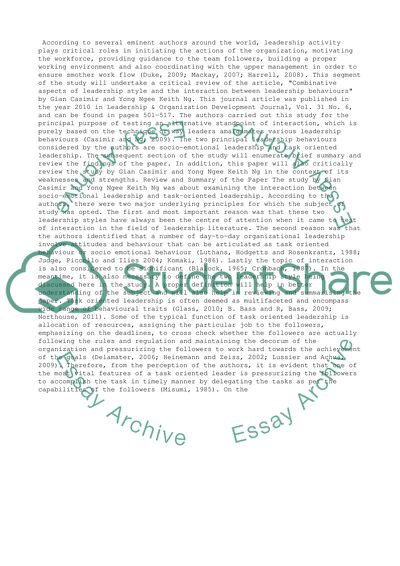Cite this document
(“Business and Management Research (Leadership topic) Coursework”, n.d.)
Retrieved de https://studentshare.org/management/1483156-business-and-management-research-leadership-topic
Retrieved de https://studentshare.org/management/1483156-business-and-management-research-leadership-topic
(Business and Management Research (Leadership Topic) Coursework)
https://studentshare.org/management/1483156-business-and-management-research-leadership-topic.
https://studentshare.org/management/1483156-business-and-management-research-leadership-topic.
“Business and Management Research (Leadership Topic) Coursework”, n.d. https://studentshare.org/management/1483156-business-and-management-research-leadership-topic.


